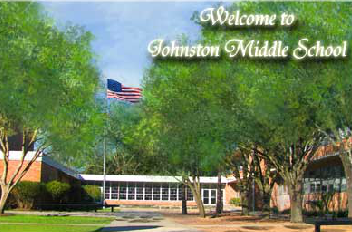On April 18th, SpaceX-3 blasted off from Cape Canaveral with a plant growth chamber called Veggie, designed to make gardens thrive in weightlessness. The first crop will be a variety of lettuce called ‘Outredgeous.’ The first crop of Outredgeous should be ready for harvesting in late May, but astronauts won’t be allowed to taste-test.
First, the lettuce has to come back to Earth for analysis, to determine if it is safe to eat. Scientists will look for any bacteria growing on the leaves If everything checks out, future crops may be eaten.
This latest development in plants in space is a great extension to the NES lesson, Engineering Design Challenge: Lunar Plant Growth Chamber.
For more information about Veggie, visit Science @ NASA or watch the video.

 Middle school students are doing research on the International Space Station? You better believe it!
Middle school students are doing research on the International Space Station? You better believe it!